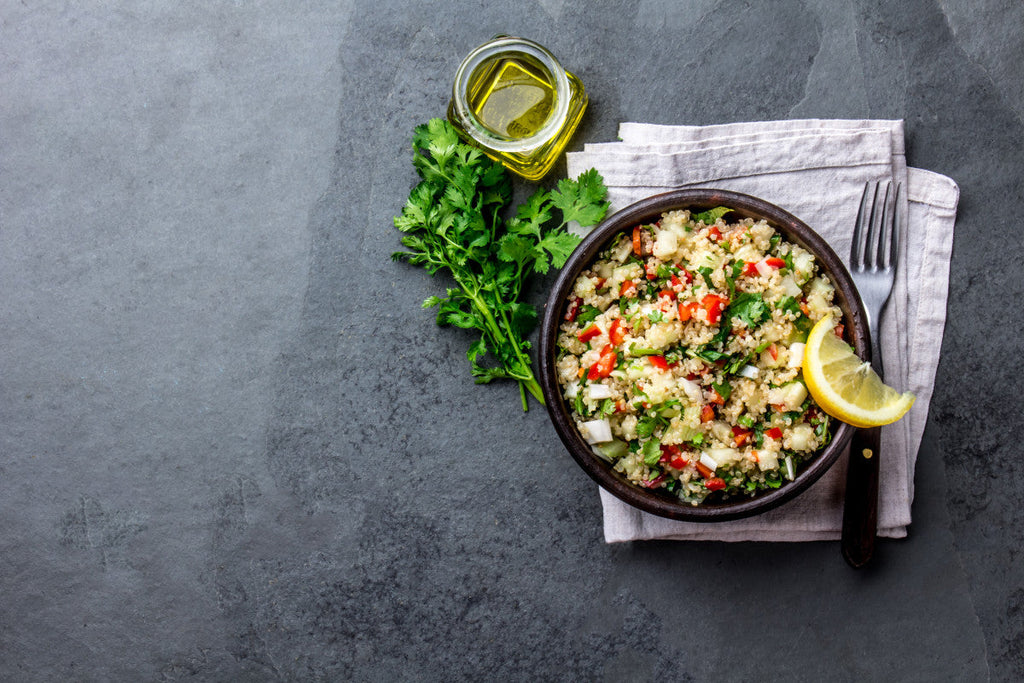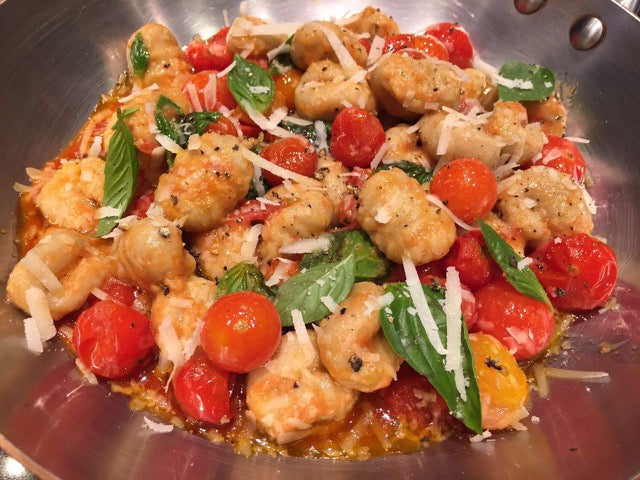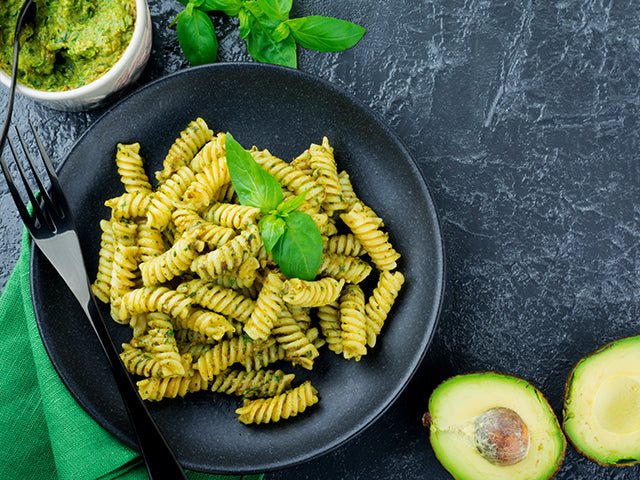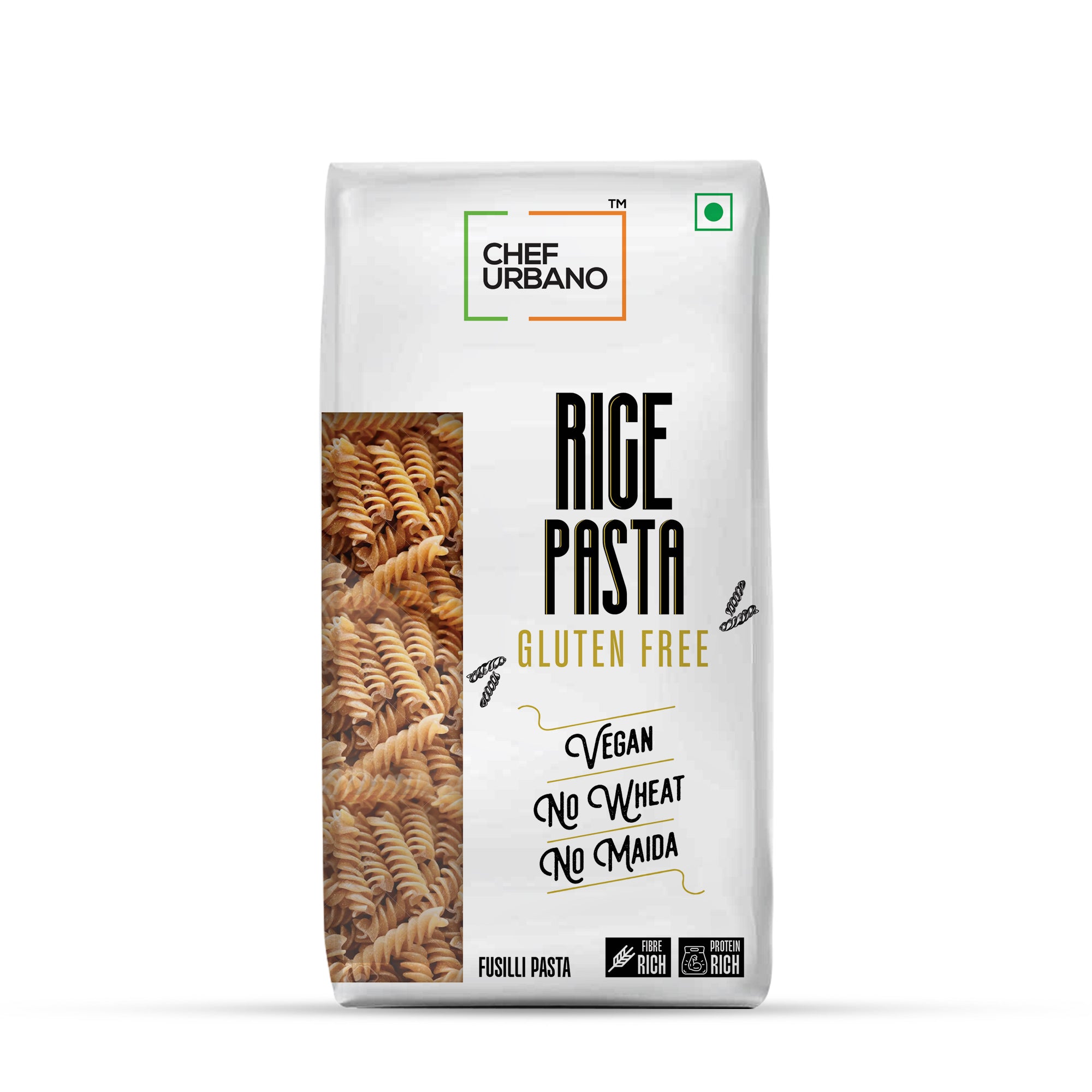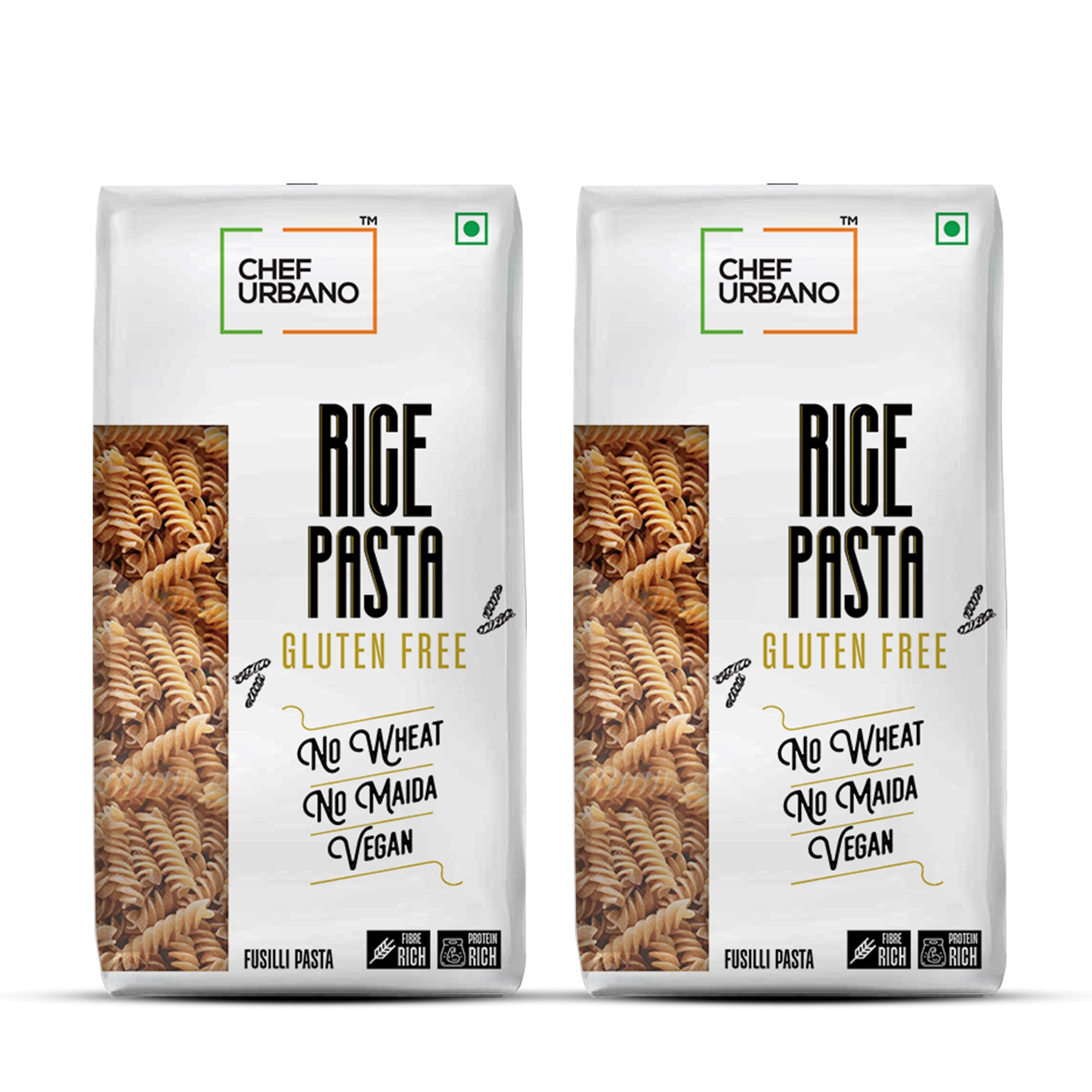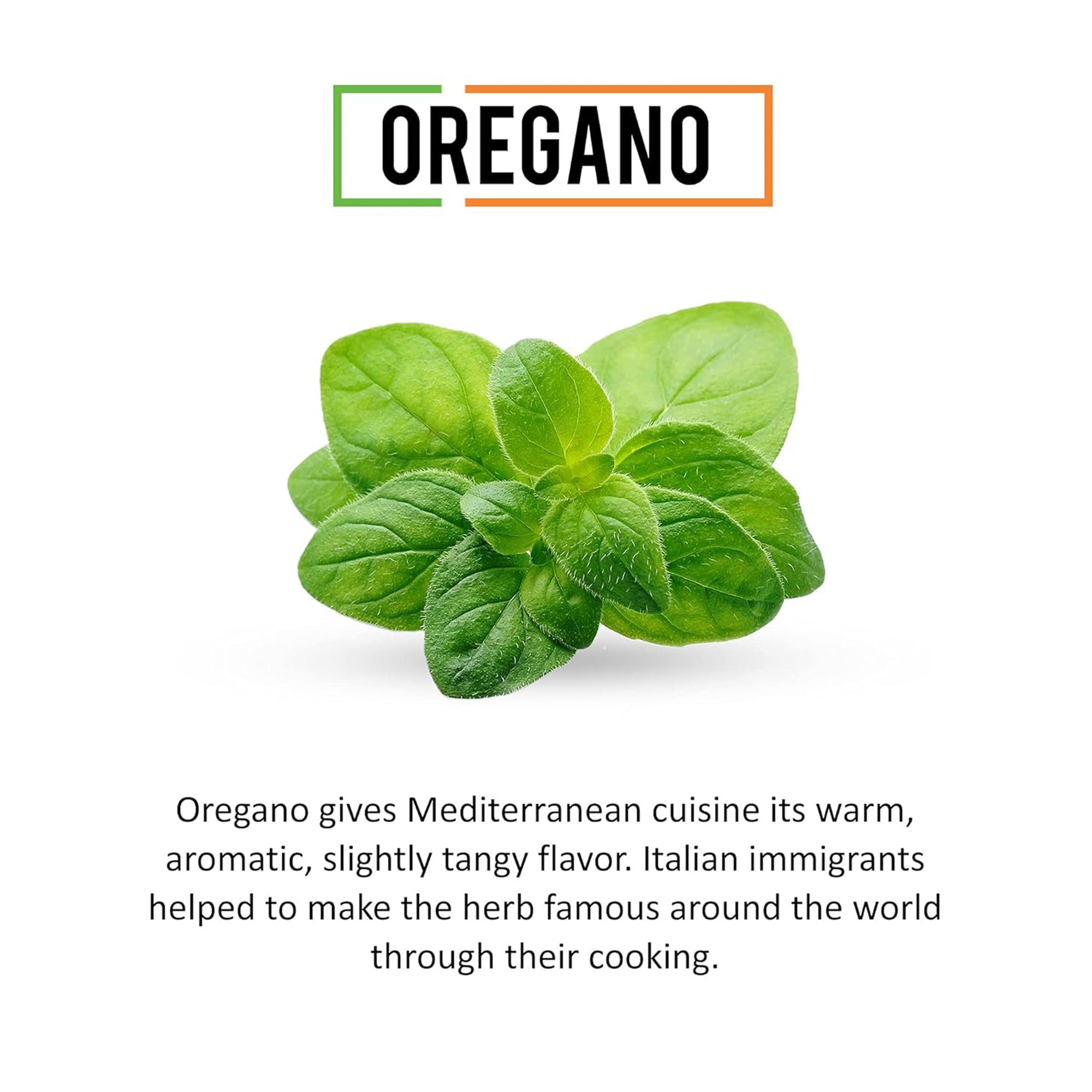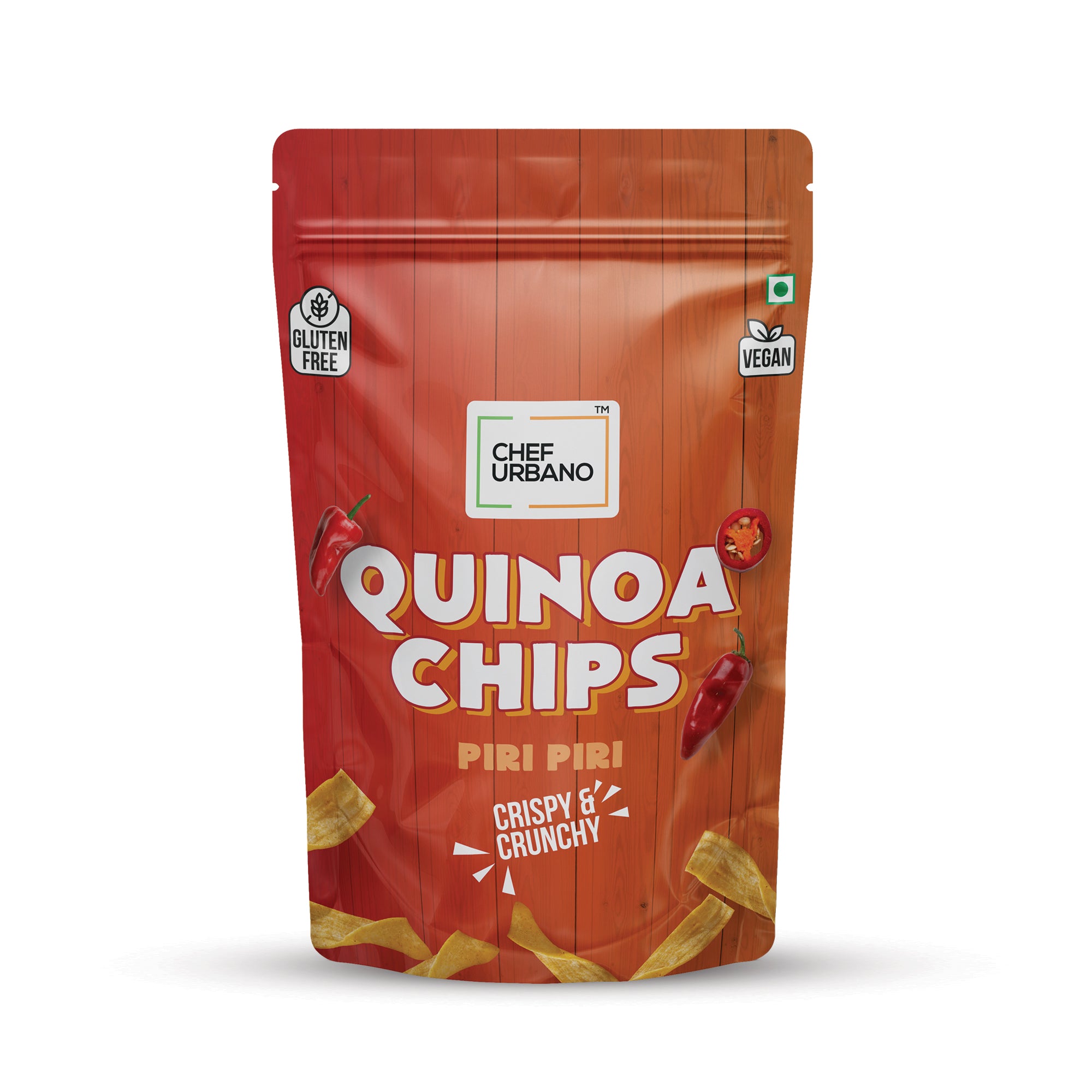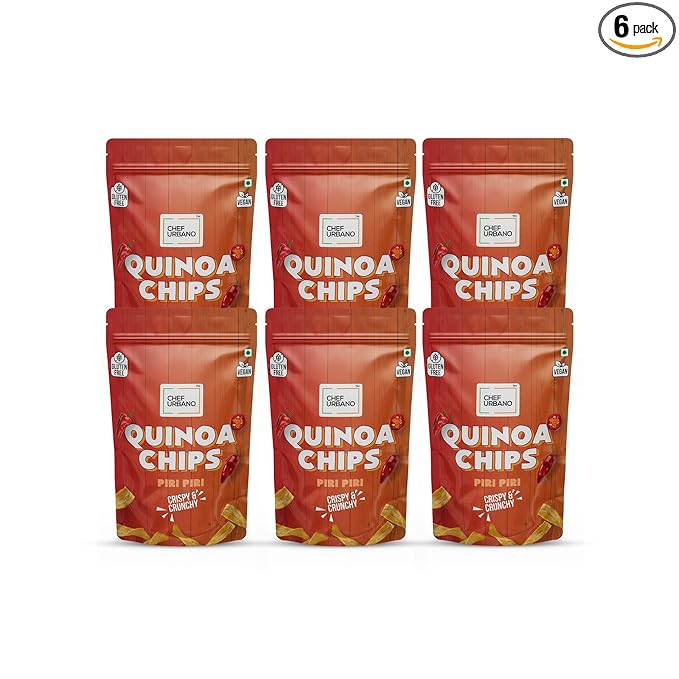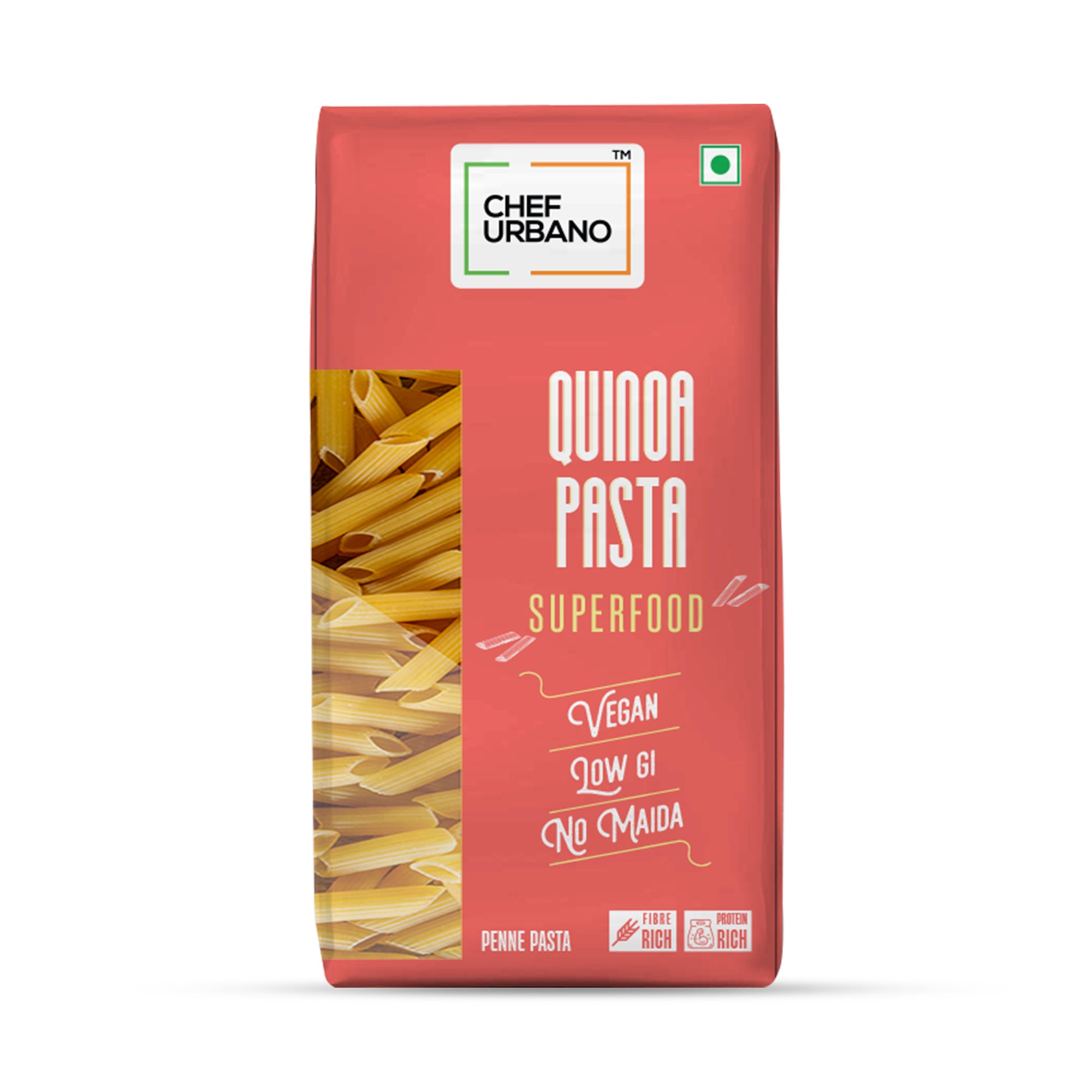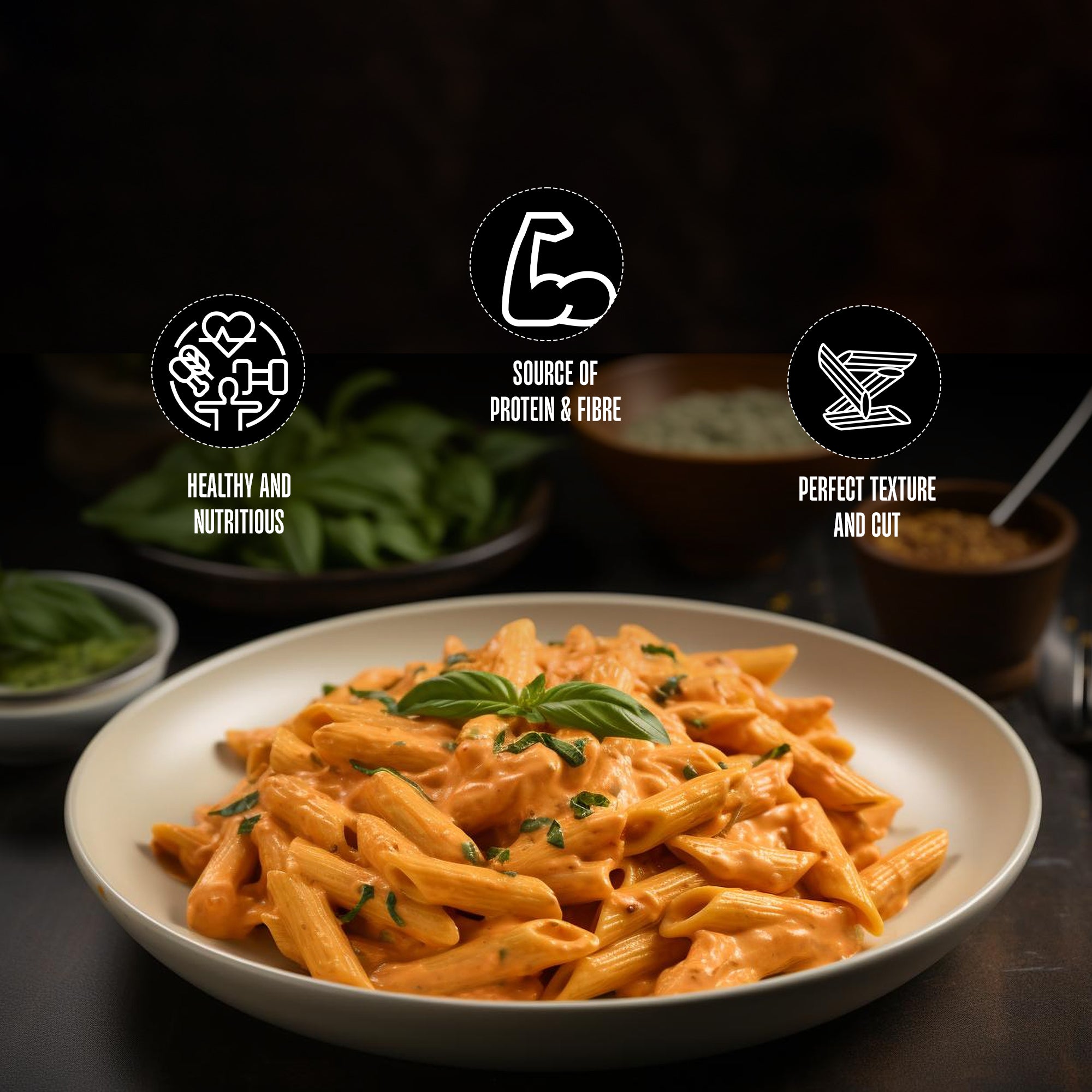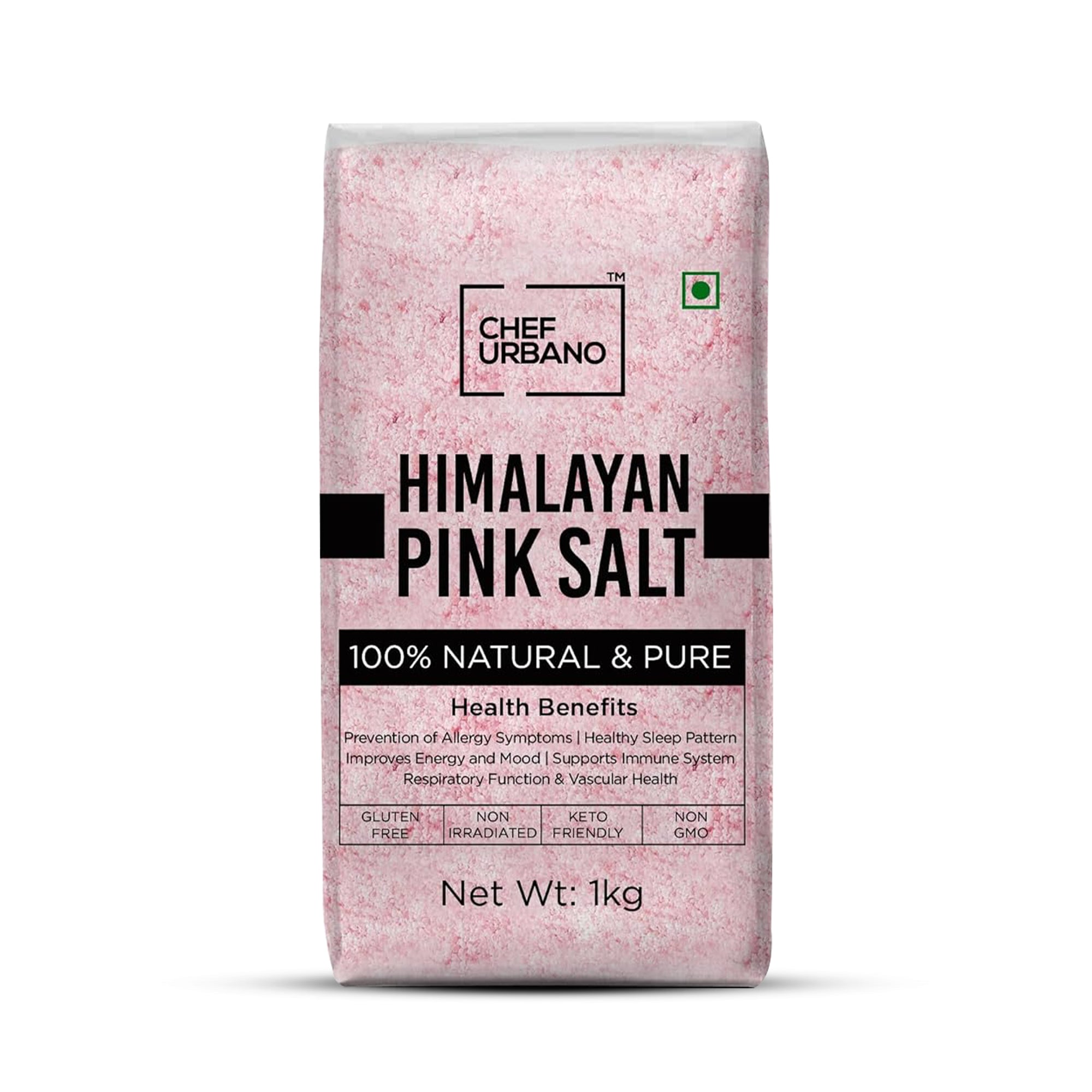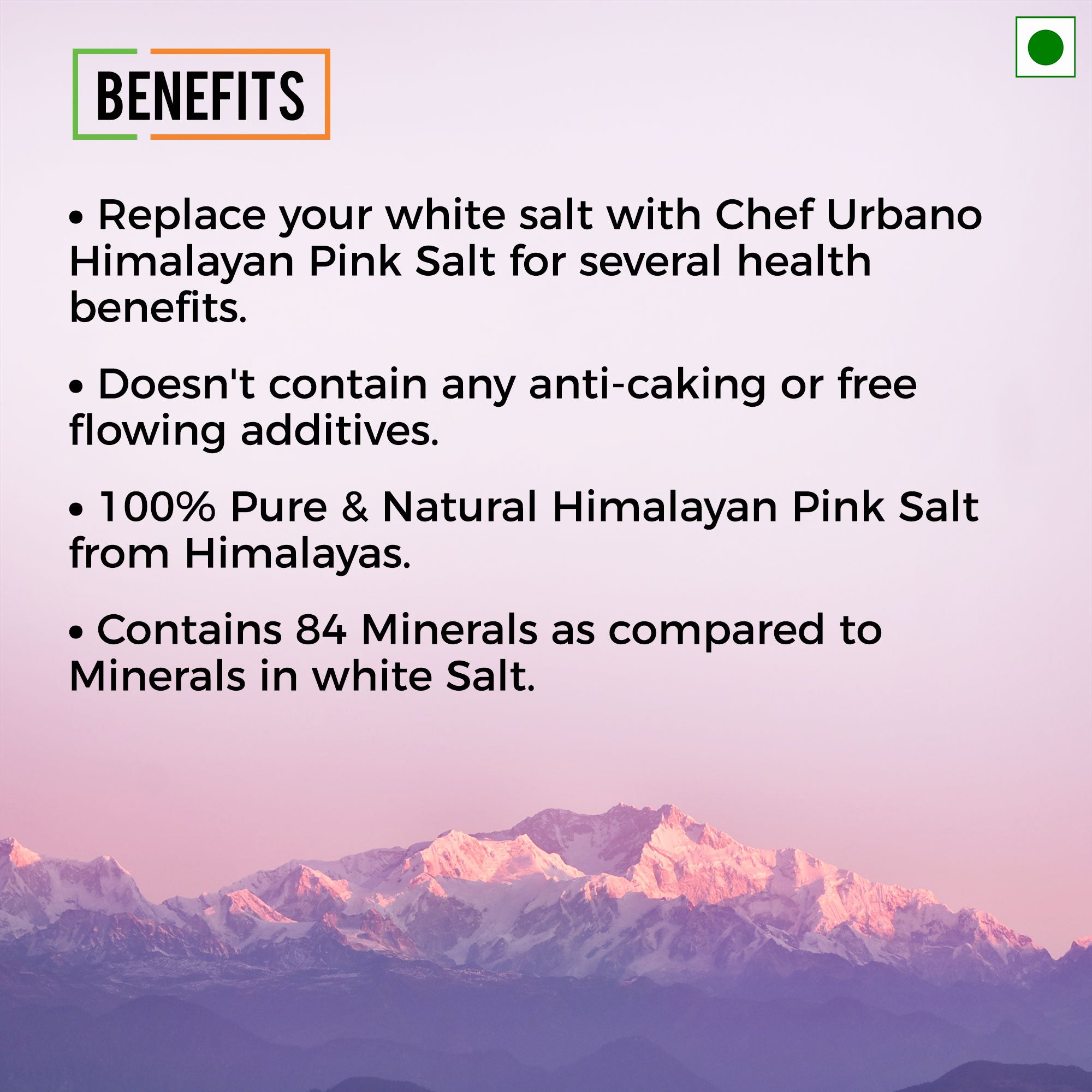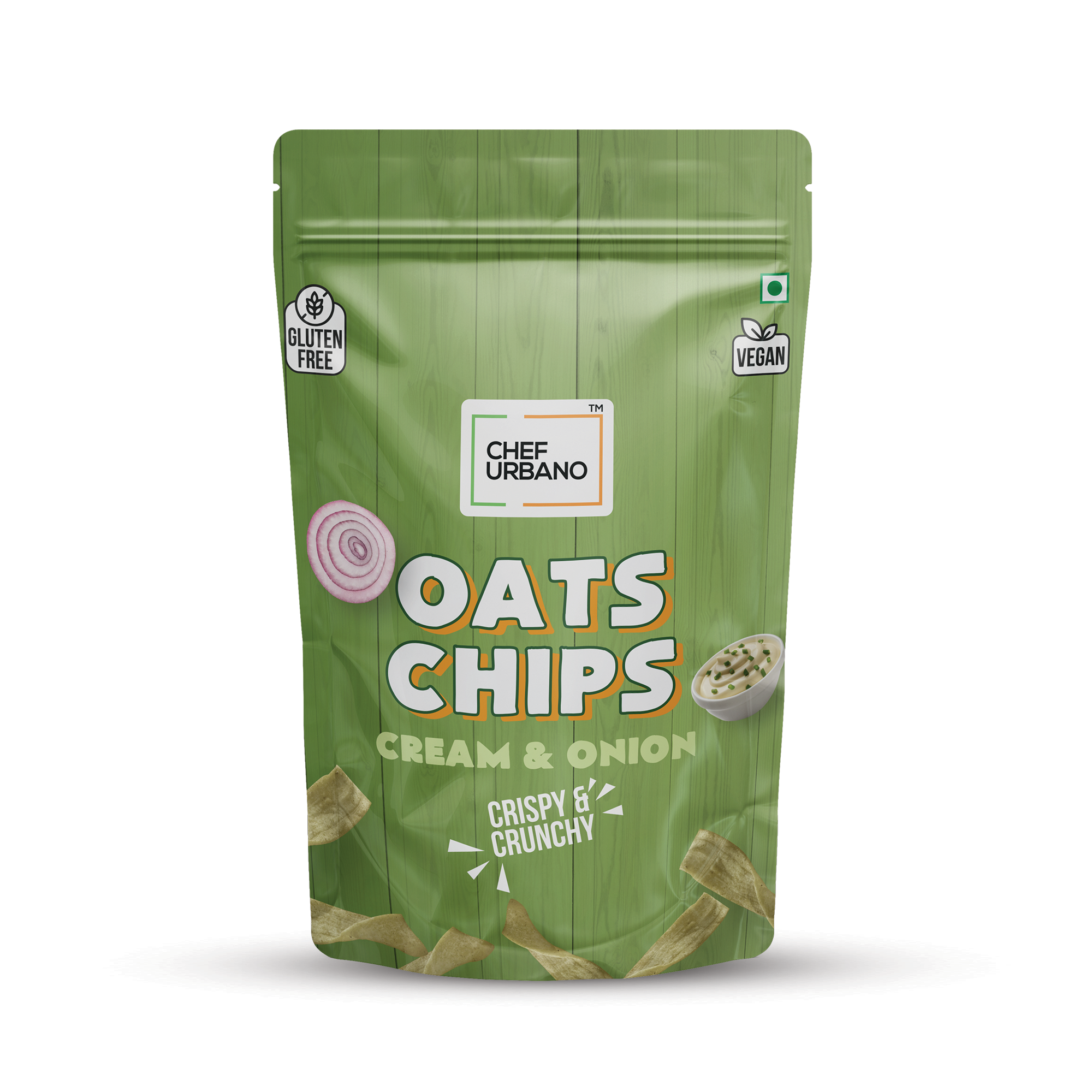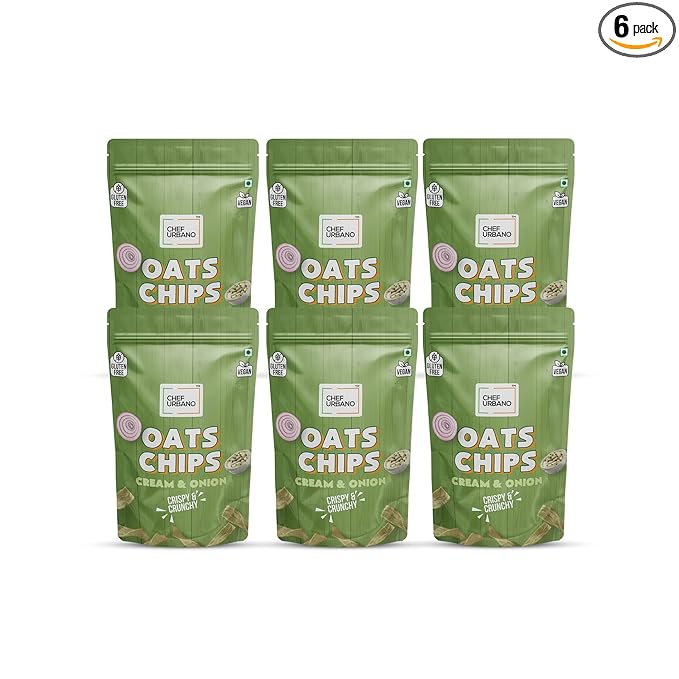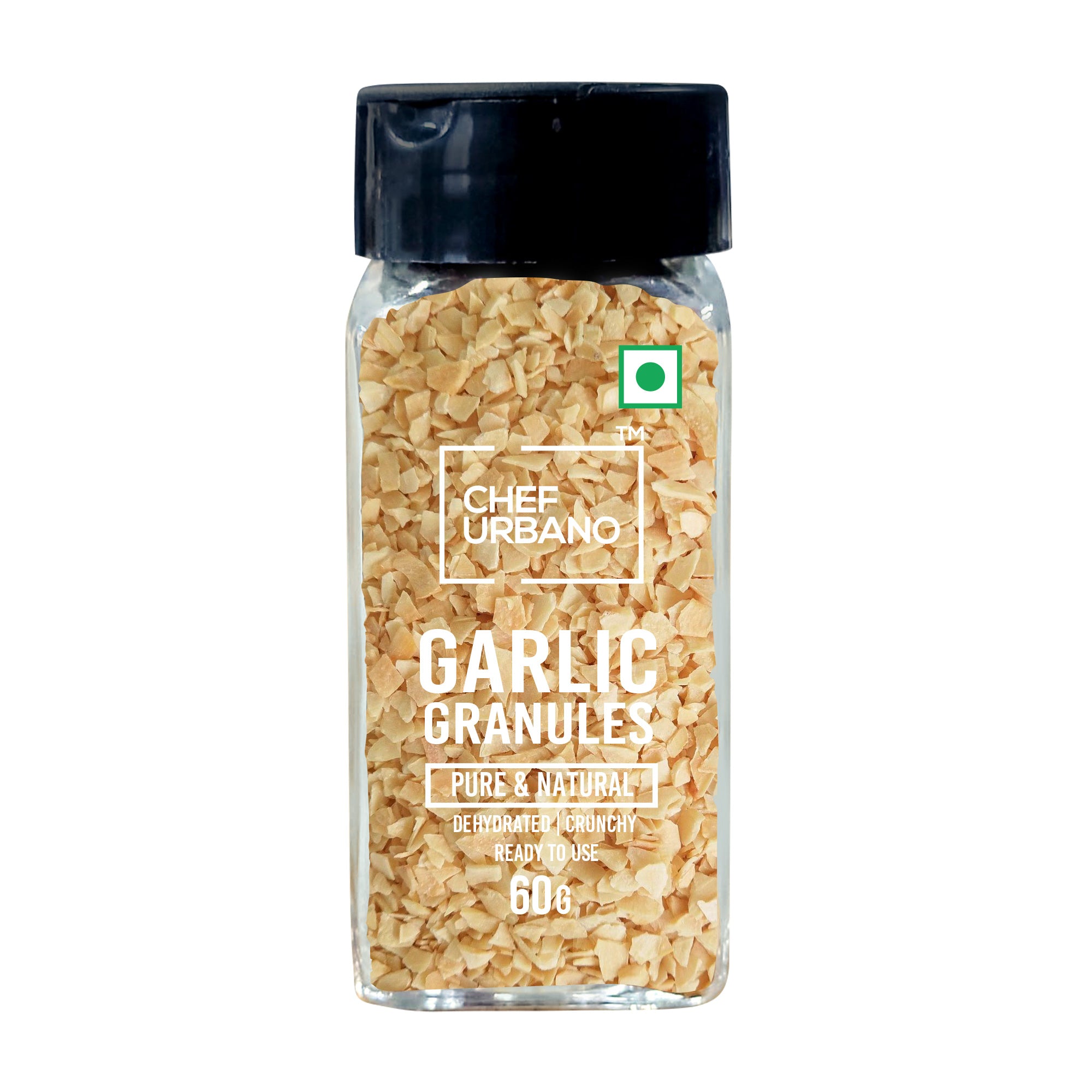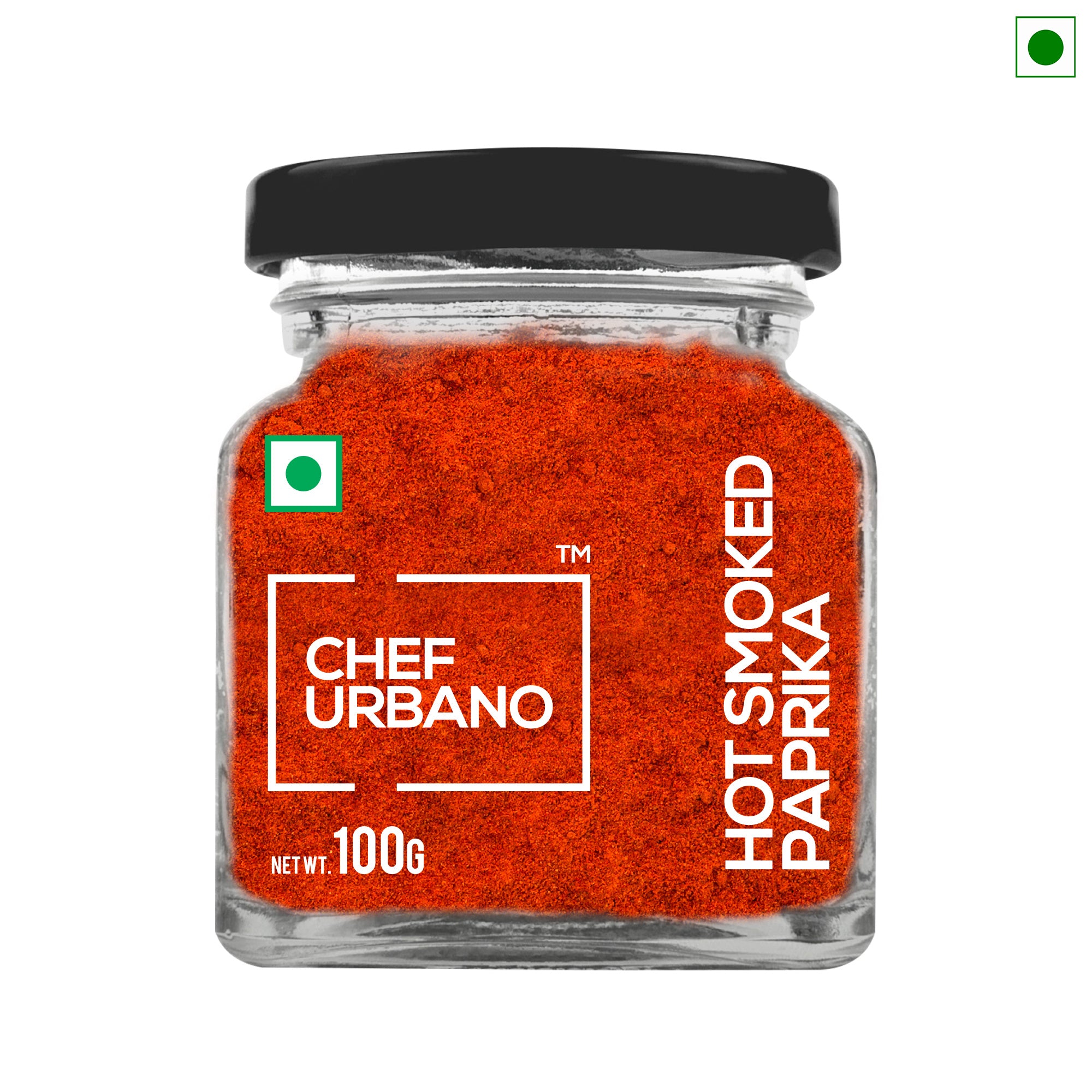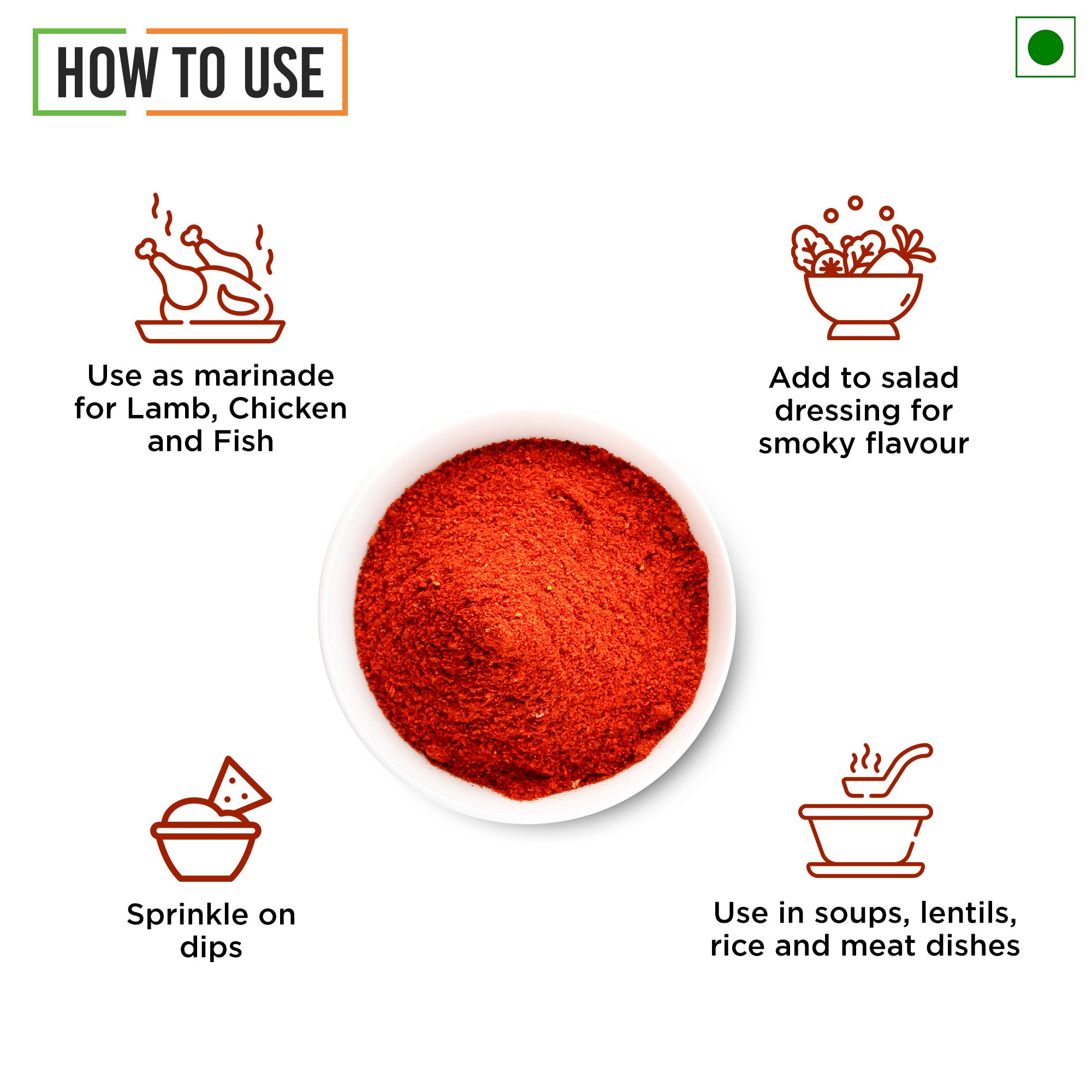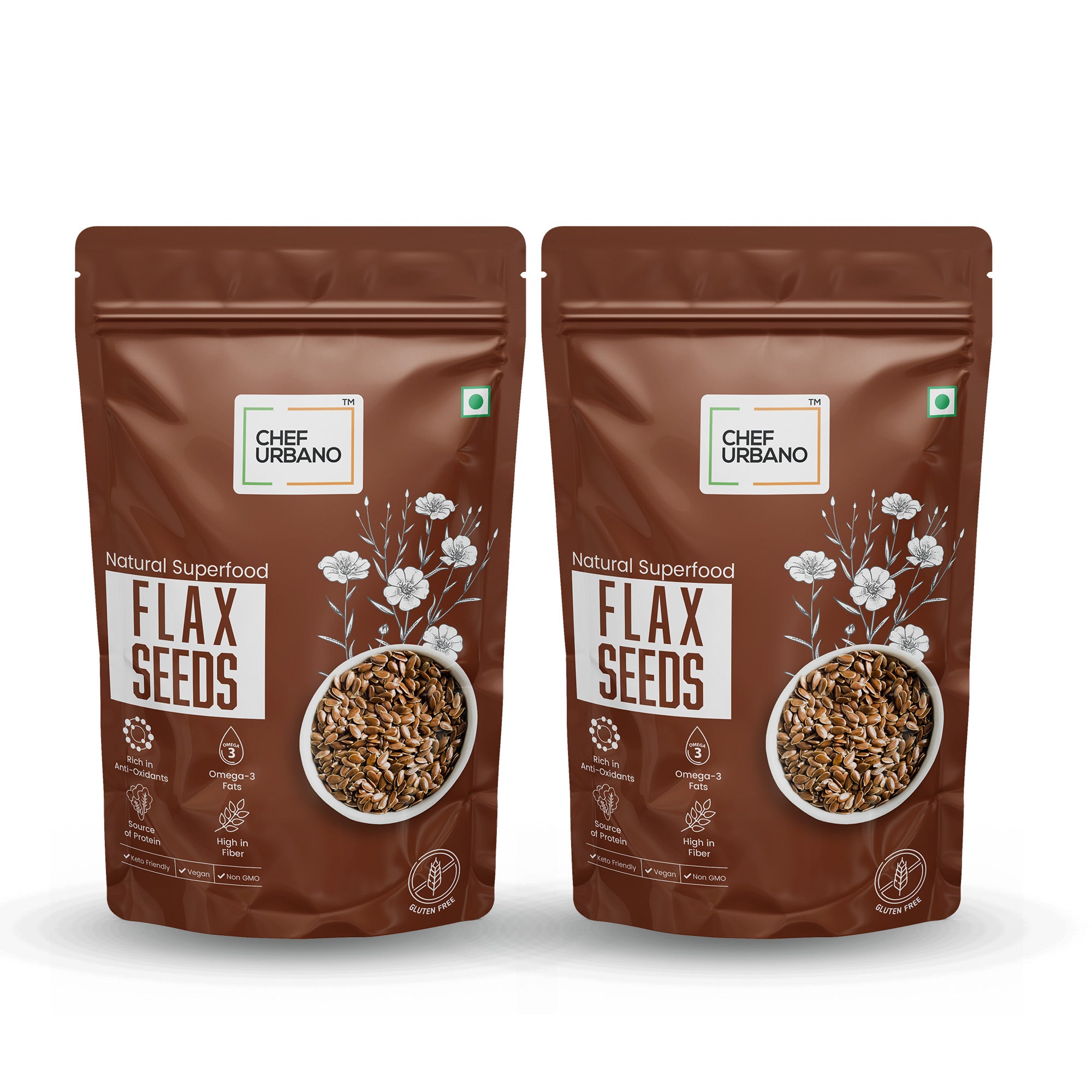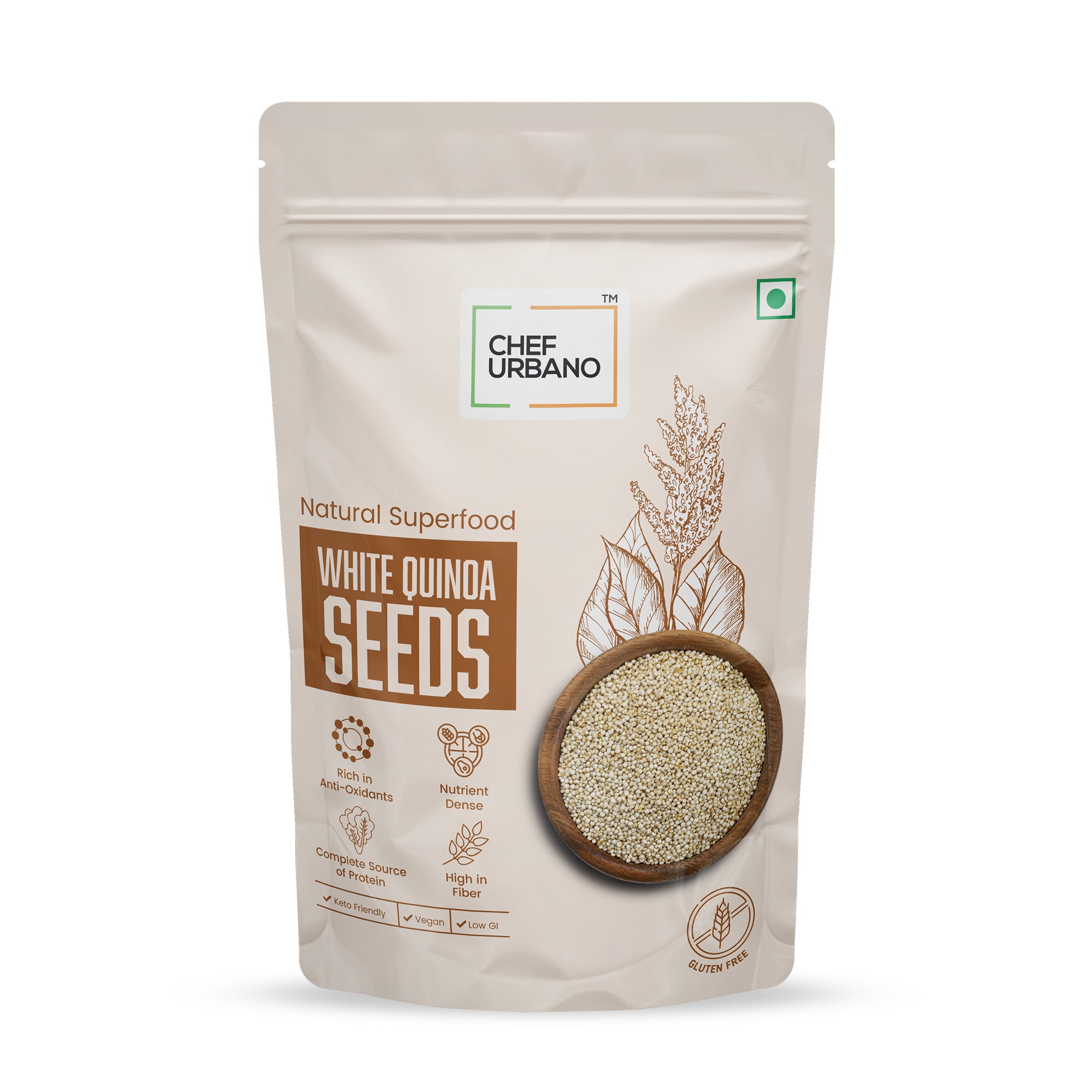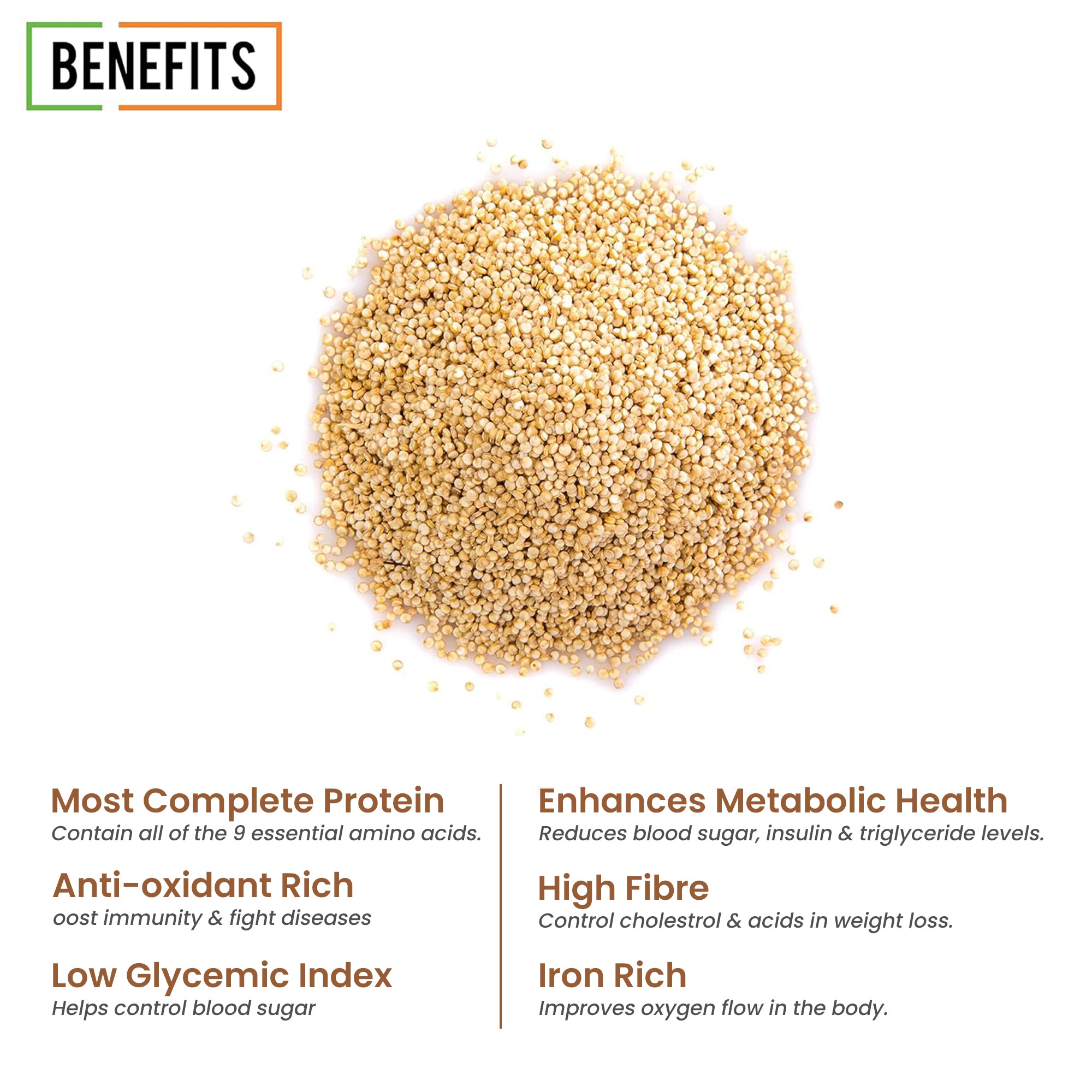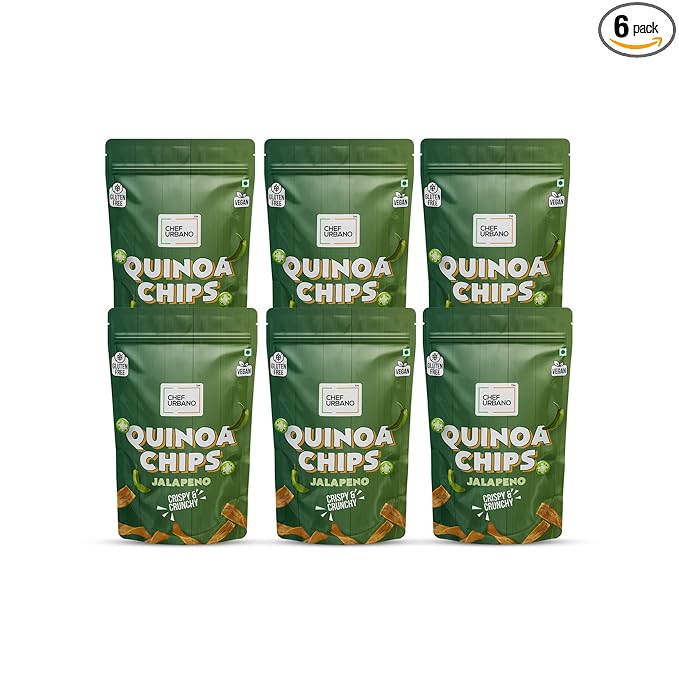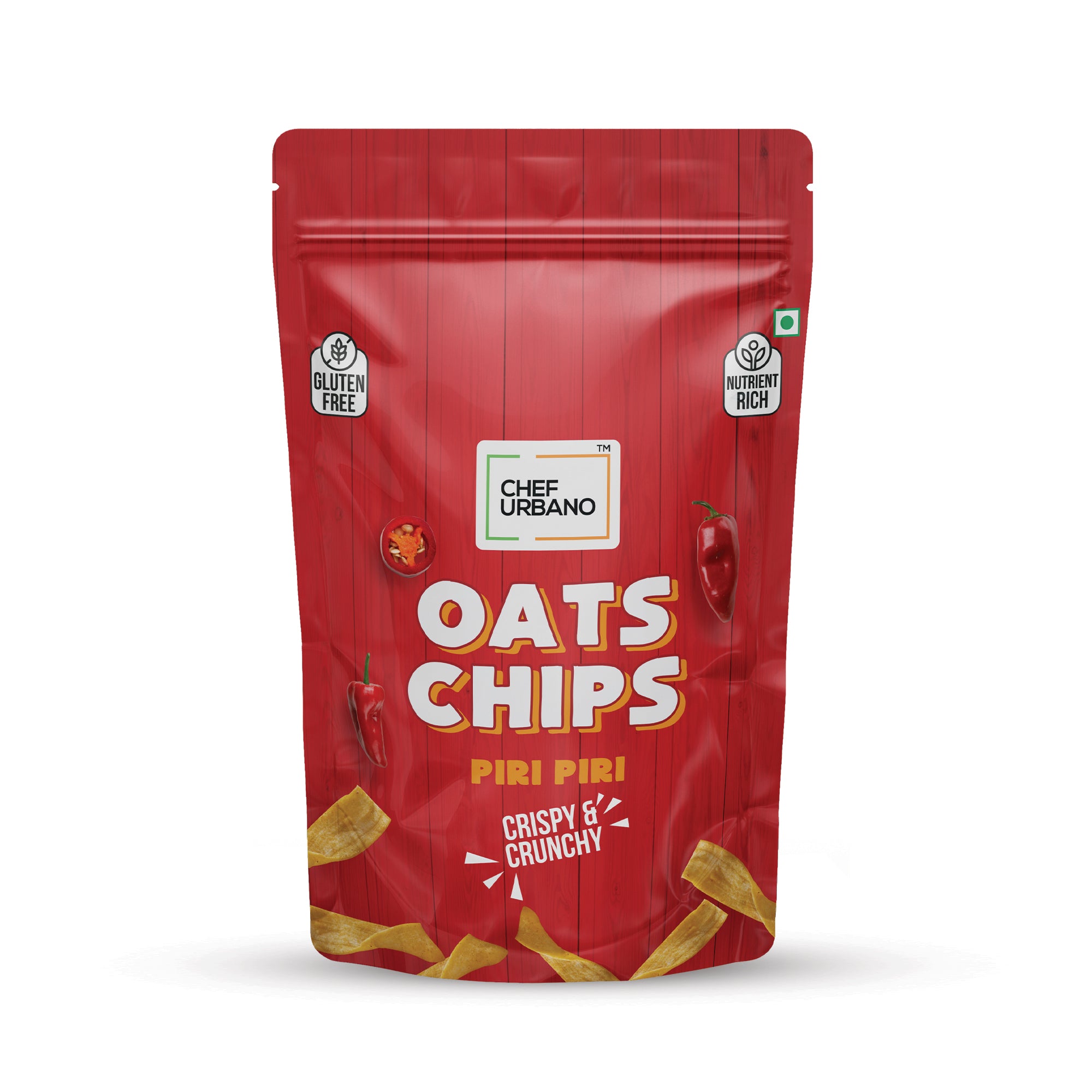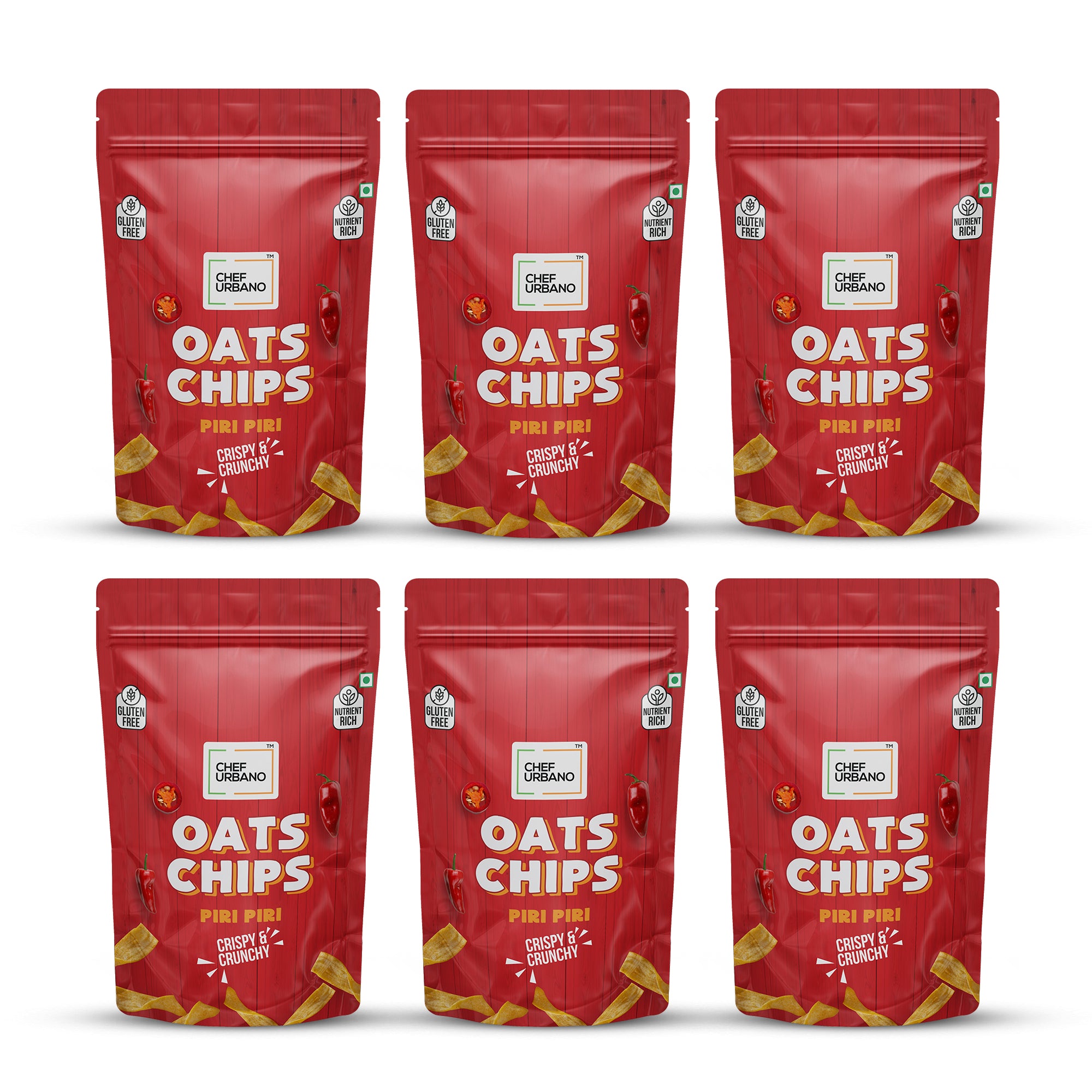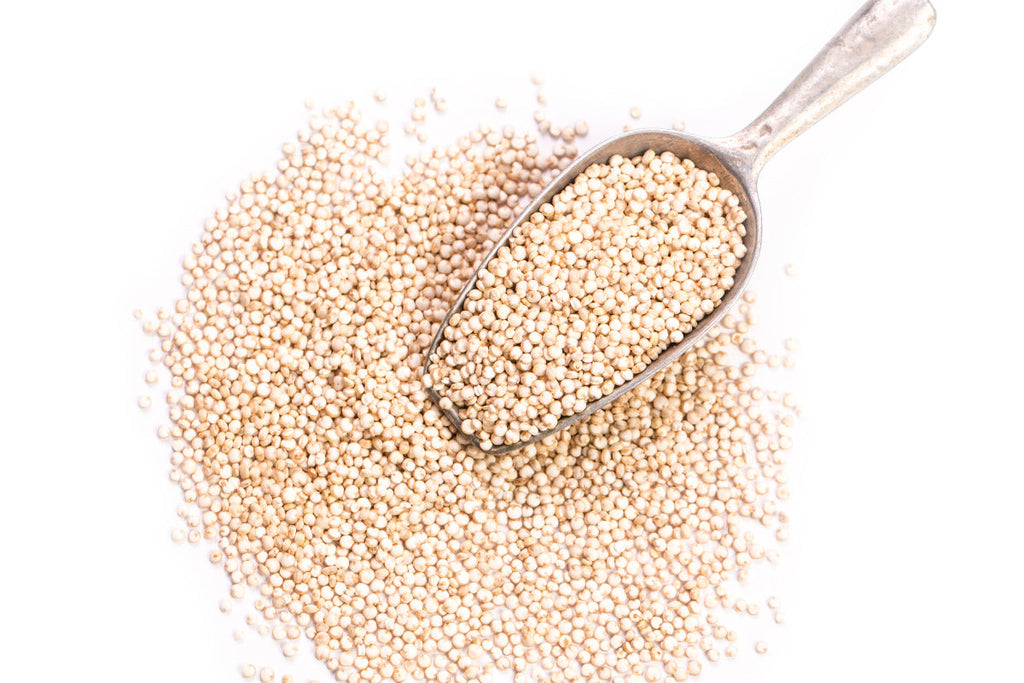
Fuel Your Family with the Power of Quinoa Flour – Good for Gut, Great for Life!

In Indian cuisine, flour plays a vital role in our daily meals. Traditionally, households relied on different millet flours and seed-based flours, understanding that these natural grains helped strengthen the body. Years ago, families followed a labor-intensive process — buying whole grains, washing, drying, and grinding them at small local mills to produce fresh flour. This method preserved the purity and nutritional value of the grains.
However, with changing times and the rise of nuclear families, the practice of grinding fresh flour gradually faded. The demand for quick and convenient options has led to a decline in the quality of grains and flour available in the market. As generations grew distant from traditional practices, many younger individuals have little knowledge or familiarity with various grains and their benefits.
Why Is Choosing the Right Flour Important for Your Health?
In recent years, the rise of lifestyle diseases has made us realize the importance of internal body strength. A strong body from within can fight back against diseases. However, building internal strength is not an overnight process — it requires a mindful diet, patience, and consistent effort.
The flour we choose can either nourish our body or weaken it. Knowing which flour to avoid and which to include in our kitchen is essential for supporting all family members across different age groups. The right flour should be:
- Healthy and nutrient-rich
- Easy to digest
- Energy-boosting
- Capable of strengthening the body
- Suitable for all meals — breakfast, lunch, and dinner
Commonly Used Flours and Their Health Impact
-
Whole Wheat Flour
Whole wheat flour is a staple in many Indian households. However, the quality of wheat available today has significantly declined due to mass production and chemical farming. Moreover, wheat allergies like celiac disease and gluten intolerance are becoming increasingly common.
-
Refined Flour (Maida)
Refined flour or Maida is highly processed, stripped of essential nutrients, and difficult to digest. It acts like a silent enemy to the body, contributing to obesity, diabetes, and digestive issues. Avoiding Maida is one of the simplest yet powerful steps towards a healthier lifestyle. -
Gluten-Free Multigrain Flour
Gluten-free flours made from millet, quinoa, and seeds are excellent alternatives for those with gluten intolerance or digestive problems. They are rich in fiber, vitamins, and minerals, supporting better digestion and overall health.
-
Quinoa Flour – The Modern Superfood
Quinoa flour is relatively new to Indian kitchens, but its health benefits make it a must-have in every household. Packed with protein, fiber, and essential amino acids, quinoa flour is ideal for:
- Growing children
- Young adults
- Health-conscious individuals
- Senior citizens
How to Incorporate Quinoa Flour in Daily Meals?
Introducing new flours to the family can be challenging, especially when children resist unfamiliar tastes. However, with a little creativity, quinoa flour can become a family favorite. Try these simple ideas:
- Use quinoa flour in rotis and parathas
- Make gluten-free pancakes for breakfast
- Bake protein-rich cakes and muffins
- Prepare quinoa flour dosas with spices and herbs
Two Healthy Quinoa Flour Recipes to Try
-
Quinoa Flour Pancakes
Ingredients:
- 1 cup quinoa flour
- 1 ripe banana (mashed)
- 1 cup milk (or almond milk)
- 1 tsp baking powder
- 1 tsp honey
- A pinch of salt
- Butter or oil for cooking
Method:
- In a bowl, mix quinoa flour, baking powder, and salt.
- Add mashed banana, milk, and honey to the dry mixture.
- Whisk everything until smooth.
- Heat a pan with butter or oil and pour small portions of the batter.
- Cook until bubbles form, flip, and cook the other side.
- Serve warm with honey or fresh fruits.
-
Quinoa Flour Chapati
Ingredients:
- 1 cup quinoa flour
- ½ cup warm water
- A pinch of salt
- 1 tsp olive oil
Method:
- Combine quinoa flour and salt in a bowl.
- Add warm water gradually and knead into a soft dough.
- Let the dough rest for 15 minutes.
- Roll out small balls into chapatis.
- Cook on a hot tawa until light brown spots appear on both sides.
- Serve hot with vegetables or curry.
Benefits of Quinoa Flour
- High in protein
- Gluten-free
- Easy to digest
- Boosts metabolism
- Supports heart health
- Strengthens immunity
Flour for Every Age Group
Choosing the right flour means ensuring that every family member, from children to senior citizens, gets the essential nutrients needed for a healthy body. Including quinoa flour and gluten-free flours in daily meals can bridge the nutritional gap and promote long-term health.
Make the Switch – Experience the Change
Switching to healthier flour options may take time, but the results are worth the effort. Within a few months, you will notice increased energy levels, better digestion, and overall well-being.
Conclusion – Healthy Flour, Healthy Family
The journey to better health starts with small changes. Bringing quinoa flour and other gluten-free flours into your kitchen is a step towards mindful eating. Whether you're making chapatis, cakes, or pancakes, choose flour that supports your body inside out.
Embrace the goodness of ancient grains and modern superfoods — because every meal is an opportunity to nourish your family.
Try new recipes, share your experiences, and let the aroma of health and happiness fill your kitchen!



